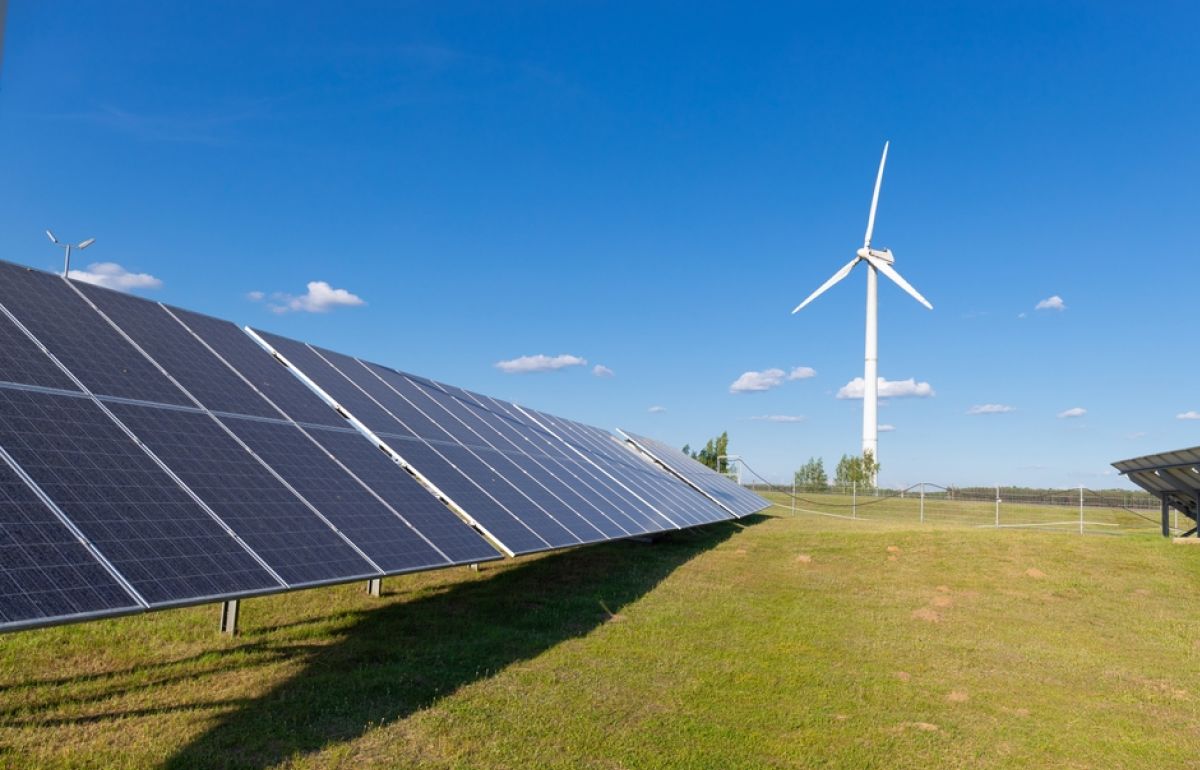Important numbers for our country last year, but the challenges for 2030 are still a distant goal
Encouraging data from Italy on the renewable energy front, 2023 was in fact the fastest growing year for the green transition as ever in the last 30 years. More 43.8 percent compared to 2022 (source Sole 24 Ore data) of renewables thanks to the use of hydroelectric, wind, solar, biomass and geothermal production systems. Between wind and photovoltaics, Italy has moved ahead at 1.5 gigawatts per year. And it is precisely on wind power that our country is betting strongly as the most “promising” source of energy .
Slightly decreasing is the presence of renewables in the North of the country, while in the South and Islands there is a significant increase in solar and wind power generation, keeping the share generated by hydro stable. During 2023, the regions with the largest number of photovoltaic plants were Lombardy, Veneto and Apulia, currently, solar power generation is mainly from small plants installed on buildings. By the end of 2023, ground-mounted systems accounted for 31 percent of installed capacity, or 9 gigawatts, compared with 21 gigawatts for non-ground-mounted systems. As for wind power plants, the South of the country remains the area of greatest development in the same regions: Puglia is expected to increase from the current 3.1 gigawatts to 8.9 gigawatts, Sicily from 2.3 gigawatts to 7.4 gigawatts, and Sardinia from 1.2 gigawatts to 7.3 gigawatts. In addition, there are also growing figures in Campania (5.1 gigawatts), Basilicata (4.3 gigawatts) and Calabria (3.4 gigawatts).
Looking at the data around the world, the expansion of renewables has even increased by 50 percent over last year, which in numbers translates into about 510 gigawatts produced by new infrastructure scattered around the globe. The greatest acceleration has surprisingly occurred in China, which has initiated solar photovoltaic power projects equal to those of the entire world in 2022 with wind power growth of 66 percent annually, other virtuous countries are the United States and Brazil, while in Europe Germany and France lead. This is according to the latest report compiled by the IEA, the International Energy Agency.
Despite this huge step forward, however, the targets set for 2030 at COP28, the climate change conference, are still a long way off. This is both because of the many and highly productive countries that have not signed on to these goals but also because of the lack of suitable funding from their respective governments.





